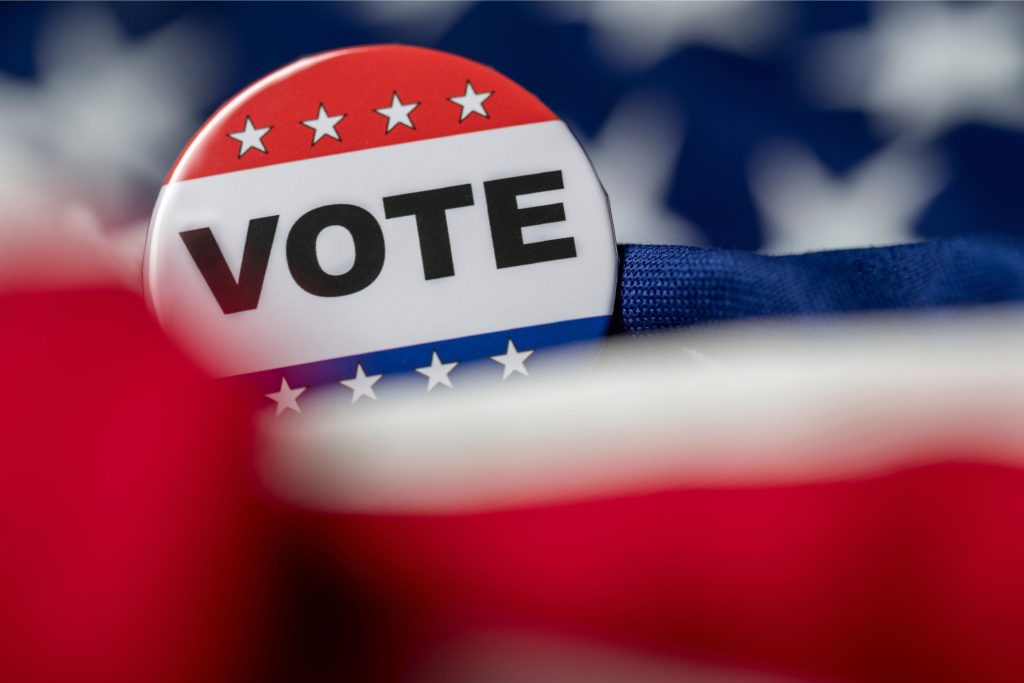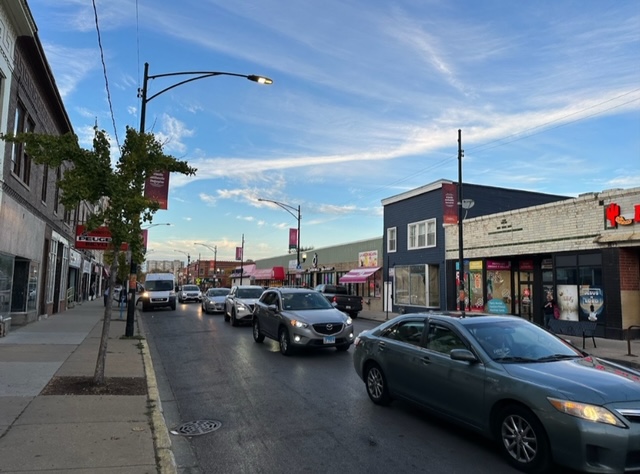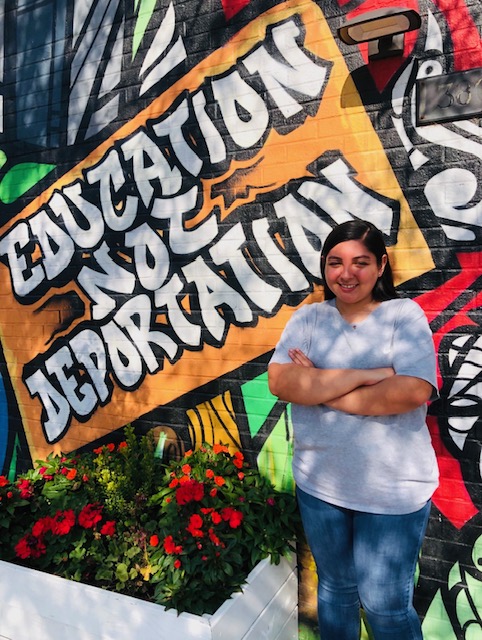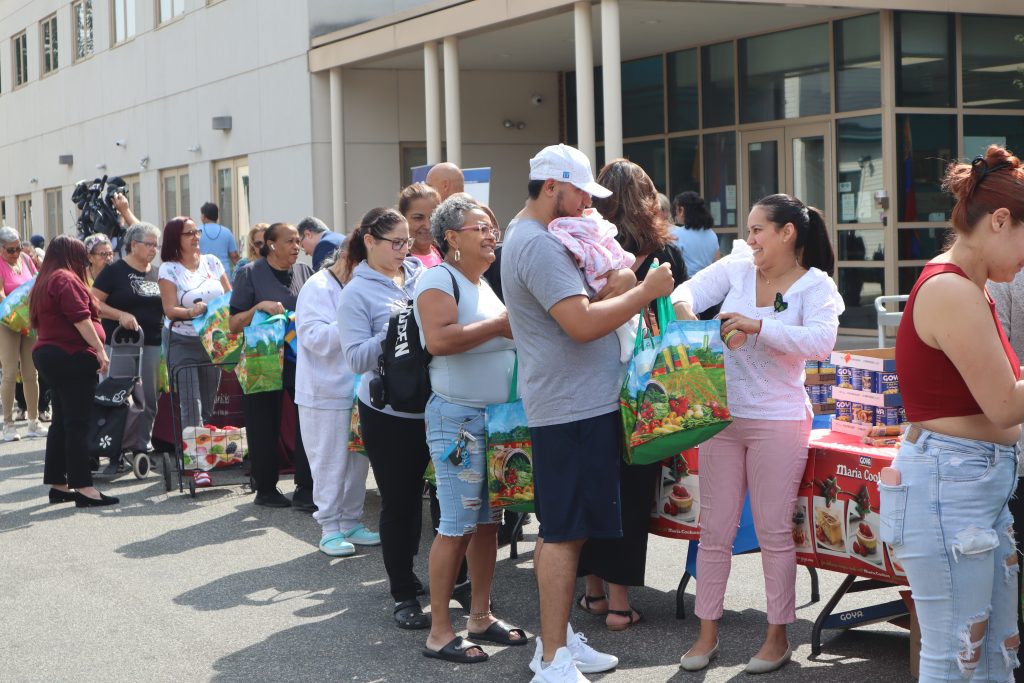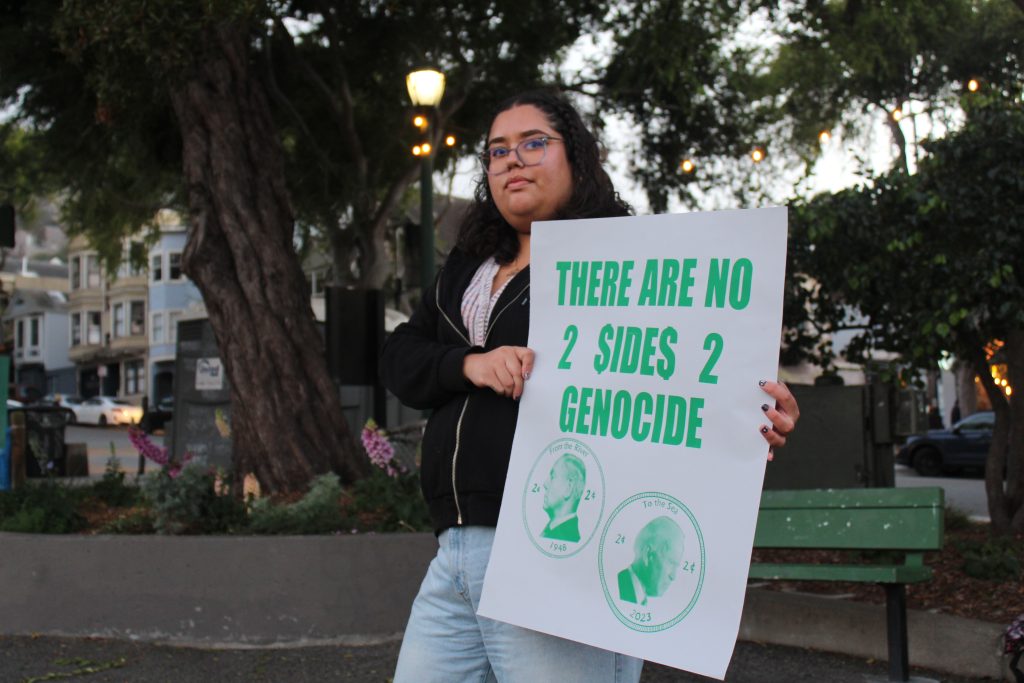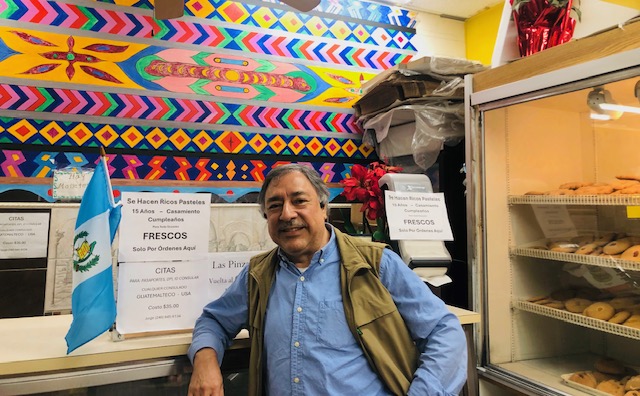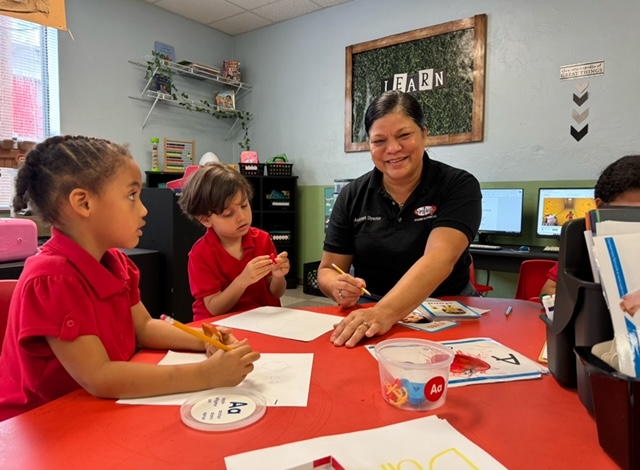Election Day is here and the Latino vote is poised to play a pivotal role in shaping the outcome of both local and national races.
From 2016 to 2024, the number of Latinos eligible to vote grew from 27 million to a projected 36 million. With a rapidly growing population and increasing political engagement, Latino voters are an essential demographic to which candidates must pay attention.
The number of eligible Latino voters has soared by nearly 4 million people since the last presidential election. Dr. Mark Hugo Lopez is the director of race and ethnicity research at the Pew Research Center. “Most of them are young people that have come of age,” said Lopez of the surge. “Many are going to be voting for the first time.”
According to the U.S. Census Bureau, Latinos are now the largest minority group in the United States, comprising over 18% of the population. This demographic growth translates into significant electoral power, particularly in key battleground states like Arizona, Texas, Florida, and Nevada.
Latinos are increasingly recognized as a critical swing voter demographic, wielding substantial influence in crucial battleground states. In these states, Latino voters have the potential to sway election results, making their preferences and priorities critical to candidates seeking victory. “In close races in places like Georgia or North Carolina, where Latinos make up 5% of eligible voters, or Wisconsin or Pennsylvania, where there are 6% of eligible (Latino) voters. It doesn’t sound like a lot, but because these are potentially very close races with differences of 20, 30, or 40 thousand votes. Latino voters can have a significant impact.”
Historically, Latino voting patterns have varied based on factors such as socioeconomic status, immigration issues, and regional concerns, making them less predictable than other voter blocs. In recent elections, Latinos have demonstrated a willingness to shift their support between political parties, as seen in the 2020 election, where a notable percentage leaned toward Republican candidates in certain areas.
80% of Latinos in 2012 voted for former Democratic president Barack Obama, up from approximately 70% in 2008, a large voting bloc affirmed Lopez. “But now we are in a situation where Donald Trump (Republican) has been able to win almost 40% of Latino voter support in 2020 (up from 2016). That suggests that Latinos are perhaps not totally tied up with one party, but they do change depending on the candidates.” Lopez said no candidate is necessarily required to win the majority of Latino support to impact the presidential election significantly. “Just enough is required in order to shift some of those margins in a number of (swing) states.”
A poll conducted by BSP Research on behalf of the Hispanic Federation last month revealed renewed enthusiasm within the Latino electorate. 57% of respondents from battleground states replied that they were more interested in voting due to Vice President Kamala Harris’s entry into the presidential election.
The study also found that Harris led Trump by 24 points, 59% to 35%, in a combined two-way vote among registered Latino voters.
A Pew Research Center survey found equal shares of Latino registered voters would vote for President Biden and former President Trump in the 2024 election. “Back in July, before Biden withdrew and after the debate with Donald Trump, Biden’s support among Hispanic registered voters was at 36%. Trump among Hispanic registered voters was at 36%. So, essentially tied. 24% of Latino voters said they would support Kennedy,” said Lopez. “Our survey right before the Democratic National Convention started, (showed) Harris at 52% among Latino registered voters. Trump at 35% and Kennedy at 6%.
Independent candidate Robert F. Kennedy Jr. withdrew from the race in August.
While Harris is doing better than Biden, Lopez noted that Trump has not lost ground with Latino voters. This trend underscores the importance of addressing Latino communities’ diverse needs and priorities, as their votes can ultimately determine the outcome in closely contested races.
However, it has been historically challenging to motivate the Latino electorate to cast their ballots. According to the Smithsonian’s National Museum of the American Latino, of the nearly 30 million Latino voters eligible in 2020, only 16.5 million participated in the election. Motivation may continue to be challenging this year.
The Hispanic Federation survey also found that Harris leads on key issues for Latinos, including abortion (+48 point advantage over Trump) and a path to citizenship for undocumented immigrants (+41). But Harris trails Trump in addressing border security (+8 point advantage).
As it is among the American electorate overall, the survey found that jobs and the economy remain salient issues for Latinos. Similarly, Statista, a global data and business intelligence platform, found that the economy, immigration, and abortion were among the most important issues for voters.
“I am concerned about the economy, jobs, and abortion,” said Jarvis Joseph, a Bank Manager from Central Florida. “I’d like to see development programs to create jobs.”
Melissa Gonzalo, a Communications expert from Los Angeles, said, “I’m voting to preserve our democracy, women’s rights, immigrant rights, LGBTQ rights, the rights of children to feel safe when going to school, and the rights of everyday Americans to feel safe while doing simple things, such as going to the grocery store.”
“I am deeply concerned about the economy, knowing how crucial financial stability and opportunity are for our community’s progress,” said Carlos Caminos, a Technology specialist from Pittsburgh, Pennsylvania. “Additionally, I am passionate about protecting reproductive rights and understanding that access to safe and legal abortion is a fundamental issue that impacts our health and freedom.”
Manny Aelmany, CEO of a technological solutions for financial services firm in Scottsdale, Arizona agrees with Caminos. “As a father, brother, nephew, son. I believe in a woman’s right to choose. My vote is for every Latina and women of color who have traditionally received a lower level of healthcare. This is more than just abortion.
When a woman goes to doctors, they should not have to worry about their decisions and if they could end up in jail,” Alemany said.
P. O’Connell, a specialized service provider from Chicago, said, “The economy is number one, followed by jobs, healthcare as we age, having access to affordable care, education for all, such as the Head Start program, preschool, and immigration. So many of our rights have been on the table for debate, and it feels like our vote is our voice more than ever before.”
As political campaigns race to the finish line for the November 5 election, understanding and engaging with the Latino electorate will prove to have been crucial for candidates aiming to capture this vital swing vote.
SUGGESTION: The impact of the Latino vote

